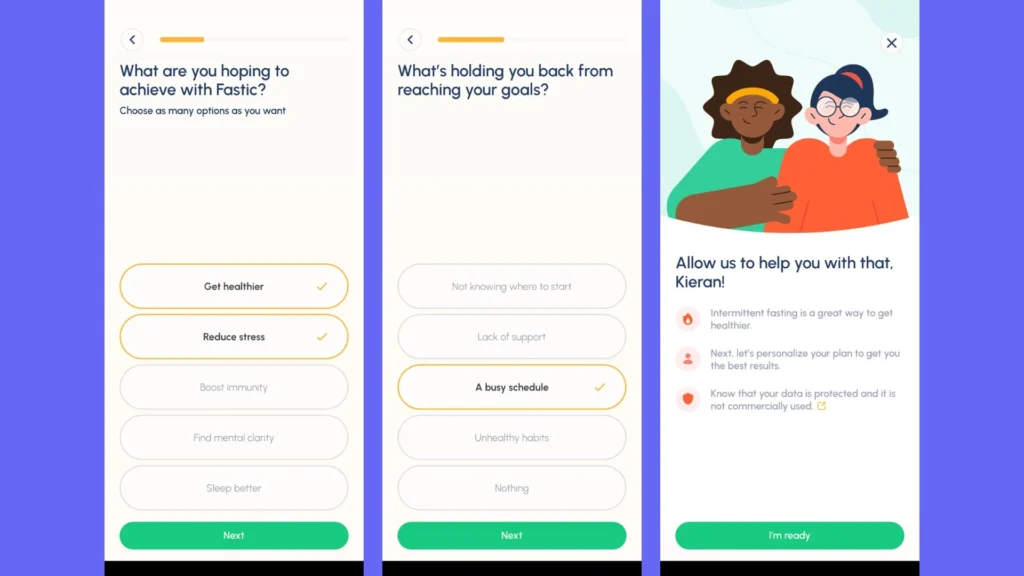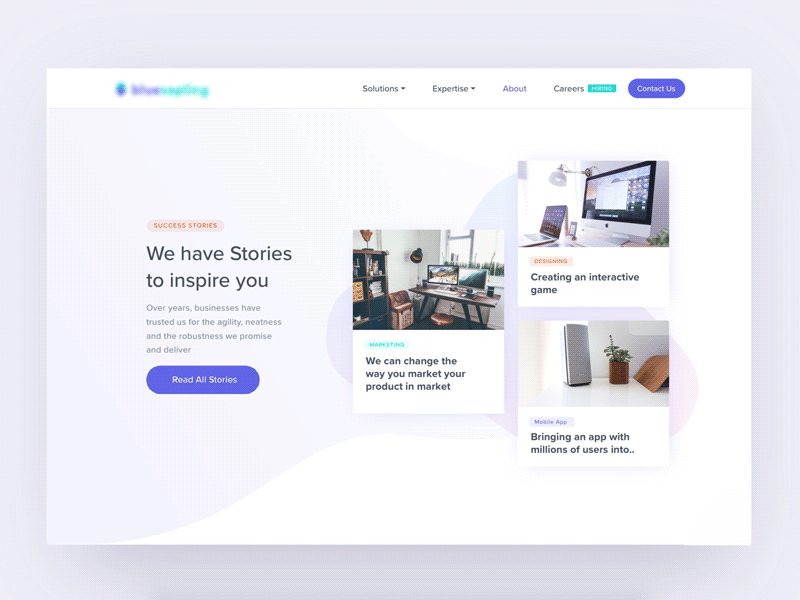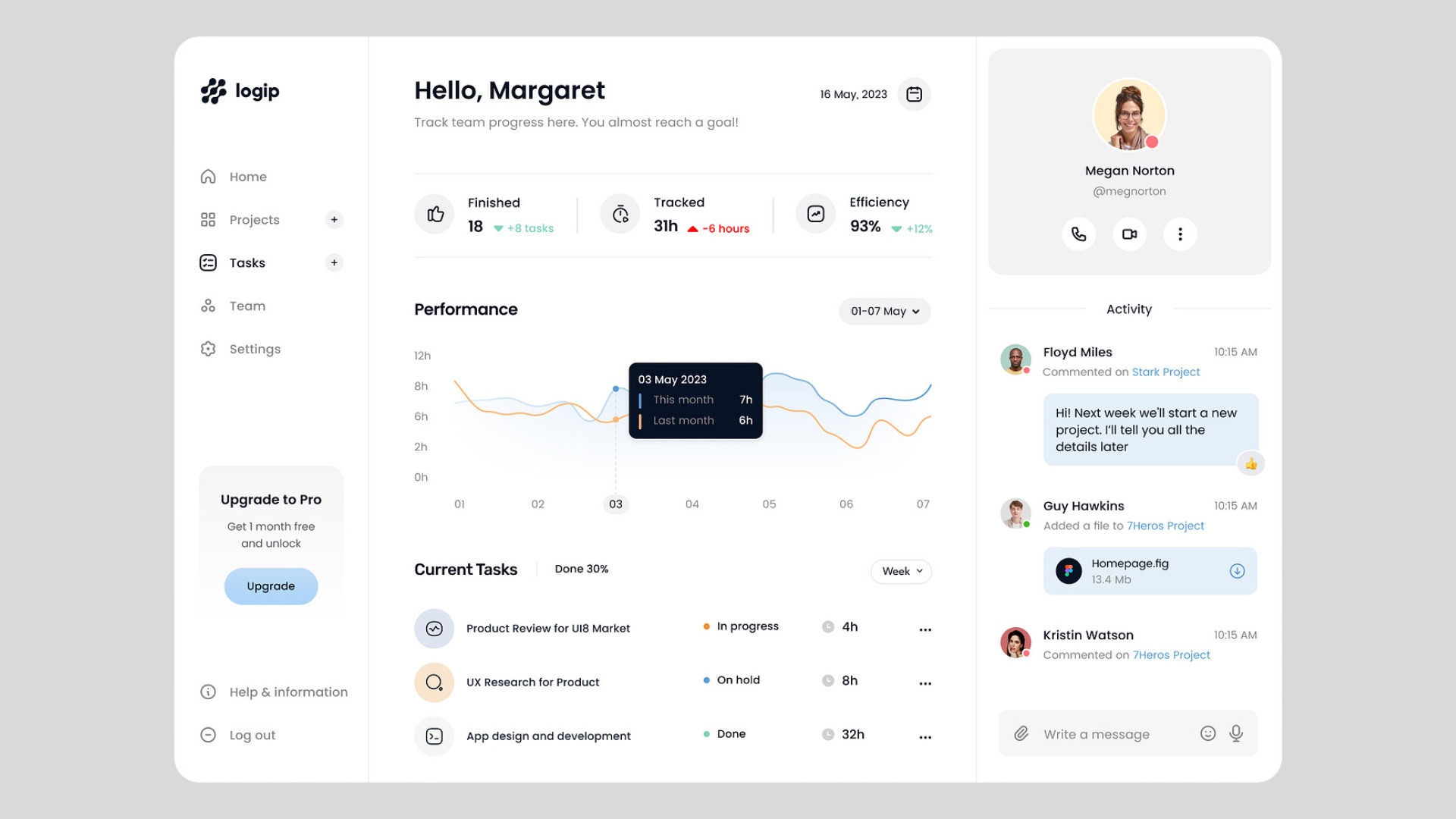
How to Design User Experience (UX) for a Niche Market
In today’s digital landscape, user experience (UX) is far more than just attractive visuals or smooth navigation. It fundamentally defines user satisfaction and brand loyalty by addressing the unique needs and behaviors of users. However, when it comes to niche markets, traditional UX approaches often fall short. These specialized segments demand tailored solutions that go beyond the generic patterns used for broader markets. Understanding the broader market is essential to differentiate niche audiences from the larger market, ensuring that strategies are effectively tailored to meet specific consumer needs and identify growth opportunities.

A niche market refers to a specialized segment of a larger market, characterized by unique needs, expert users, or highly specific workflows. Designing UX for these industries is not as straightforward as creating a general consumer app. The niche audience often has domain expertise, distinct challenges, and expects tools that align perfectly with their specialized processes. UX is ultimately about the user’s experience with a particular product or system, making it crucial to understand how users interact with that specific product to improve satisfaction and usability. This article explores how to create UX that truly fits niche markets by identifying unique user needs, enhancing accessibility and discovery, supporting self-service learning, simplifying value communication, and integrating best practices that build trust and usability in specialized contexts.
Table of Contents
Introduction to Niche Markets
A niche market is a focused, specialized segment within a larger market, defined by its unique needs, preferences, and characteristics. Unlike the broad market, a niche market allows businesses to concentrate their efforts on a specific group of customers whose requirements are often overlooked by mainstream providers. Embracing a niche marketing strategy enables companies to tailor their products, services, and messaging to address these distinct needs, resulting in a more engaged and loyal customer base.

For any business aiming to become a profitable niche business, understanding the nuances of their chosen specialized segment is essential. This involves conducting thorough market research to uncover unmet needs and developing a marketing strategy that speaks directly to the target audience. By focusing on a well-defined niche, businesses can differentiate themselves from competitors, create a strong unique selling proposition, and gain a competitive advantage. Ultimately, a successful niche business is built on the foundation of deep customer understanding, targeted marketing efforts, and a commitment to serving a specific community better than anyone else.
Identify and Address Unique Customer Needs
The foundation of any successful UX for niche markets lies in deeply understanding what users actually need to accomplish. Unlike casual users in a mass market, niche users are professionals with complex roles, industry-specific constraints, and clear goals. Standard UX patterns, which assume general user behaviors, often fail in these settings.
For example, a platform designed for laboratory data analysis or legal document management requires a fundamentally different approach than an e-commerce site. To design effective interfaces, it’s essential to conduct thorough user research and market research focused on the specialized segment. Identifying and analyzing your target market, understanding their demographics, preferences, and behaviors ensures that your research addresses the specific needs of the group most likely to use your product. Interviewing subject matter experts, observing daily workflows, and mapping interactions with existing tools provide valuable insights into the pain points users experience.
Niche Market Research and Analysis
Identifying and capitalizing on profitable niche markets starts with comprehensive market research and analysis. Businesses must leverage keyword research tools like Google Trends and Google Analytics to track search volume, monitor emerging trends, and understand what their target audience is actively seeking. These tools provide valuable insights into customer interests, seasonal patterns, and the popularity of potential niche ideas.

Social media platforms are another powerful resource for gathering actionable insights. By monitoring conversations, hashtags, and community groups, businesses can spot gaps in the market and discover what matters most to their audience. Analyzing competitors and mainstream providers also helps reveal underserved segments and opportunities for differentiation.
Effective niche marketing relies on this data-driven approach to develop a marketing strategy that resonates with the intended audience. By continuously analyzing market trends, search behavior, and competitor activity, businesses can refine their niche marketing strategy, identify new opportunities, and position themselves for long-term business success in their chosen specialized segment.
Design Mechanisms to Elevate Accessibility & Discovery
Niche markets often involve complex terminology and intricate decision-making processes. Even expert users can face onboarding friction when encountering new systems that don’t align with their mental models or workflows. To address this, UX designers should create mechanisms that simplify discovery and learning.

Interactive onboarding flows, discovery quizzes, or decision-support tools can guide users through the complexity inherent in their specialized fields. AI-powered digital tools can automate tasks such as onboarding steps or providing real-time feedback, making the process smoother and more efficient for users. For instance, a medical SaaS product might use a guided setup to tailor features to a practitioner’s specialty, while a B2B procurement tool could include step-by-step wizards for new clients. These tools reduce cognitive overload and help users find value faster, which is critical for conversion and customer retention. Effective onboarding and discovery mechanisms are especially important in mobile apps, where a seamless user experience can significantly enhance usability, satisfaction, and retention.

Incorporating usability testing and gathering user feedback during these onboarding stages ensures that the experience aligns with user expectations. By shortening the path to “aha moments,” your UX design fosters higher user satisfaction and builds a loyal customer base in the niche market.
Provide Self-Service Resources & Meaningful Social Proof
Users in specialized industries are typically knowledge-driven and prefer to educate themselves before committing to a product or service. A strong niche marketing strategy includes providing self-service resources that empower users to explore independently and gain confidence. These resources can also help users evaluate or discover new niche market ideas by offering data and examples relevant to specialized opportunities. For further insights, encourage users to explore blogs, social media, and reviews to deepen their understanding of the niche.

Offering detailed FAQs, in-depth tutorials, and case studies that address the specific challenges of your niche audience can significantly enhance trust. Generic testimonials won’t suffice; instead, highlight success stories with measurable outcomes relevant to the niche. For example, showcase how your product improved efficiency in a biotech lab, streamlined compliance in finance, or reduced errors in engineering workflows.
This approach not only builds authority and credibility but also reduces support load by enabling users to find answers on their own. Leveraging marketing content that resonates with the specialized segment strengthens your unique selling proposition and supports sustained customer loyalty.
Keep Value Propositions Simple & Avoid Visual or Cognitive Clutter
Complex industries come with enough intricacies; your UX shouldn’t add to the confusion. One of the biggest challenges in designing for niche markets is balancing detailed functionality with clear, simple interfaces.
Avoid overwhelming users with too many choices, flashy visuals, or cluttered layouts that obscure the core message. Instead, focus on clarity by using a clear hierarchy, focused copy, and minimal distractions. Make it immediately obvious what your product does and why it matters to the specialized user. Choose marketing channels and messaging that communicate effectively with your niche audience to maximize engagement and ensure your message is understood.
This clarity is especially important in industries where time and attention are limited, and users need to quickly understand how your solution fits into their specific workflow. Clearly presenting your unique selling point helps differentiate your product in the niche market. A straightforward marketing message combined with intuitive user interface design ensures that your value proposition resonates, facilitating better conversion and higher customer retention.
Measuring and Optimizing UX Design
To ensure that a product or service truly meets the needs of its niche audience, ongoing measurement and optimization of UX design are essential. This process begins with user research by interviewing real users, observing their interactions, and identifying pain points unique to the specialized segment. Usability tests and prototyping tools allow UX designers to validate design decisions, test interactive systems, and gather direct user feedback before full-scale implementation.

Leveraging frameworks from the interaction design foundation, designers can create user interfaces that are both intuitive and effective for the target audience. By analyzing user satisfaction metrics and feedback, businesses can pinpoint areas for improvement, streamline workflows, and enhance the overall experience. This iterative approach not only boosts customer retention and loyalty but also provides a sustainable competitive advantage in the niche market.
Ultimately, a commitment to continuous UX optimization ensures that the product evolves alongside user needs, supporting the long-term success of the business and fostering a loyal customer base.
Putting It All Together: Best Practices for Niche UX Design
Designing UX for niche markets requires blending empathy with domain expertise. Here are key best practices to integrate into your UX process:
- Conduct specialized research: Interview both domain experts and novices to capture varying experience levels and uncover hidden needs. Mind mapping and thorough research can help generate and refine a strong business idea tailored to a specific niche market.
- Map unique workflows: Identify where existing tools fall short and how users adapt their processes. Evaluating a niche market idea involves assessing demand, competition, and profitability to ensure the chosen direction has growth potential.
- Build guided experiences: Use wizards, quizzes, or setup assistants tailored to the niche’s specific workflows. Sourcing and testing niche products is essential to validate product-market fit and optimize the user experience for your target audience.
- Offer deep self-service resources: Provide detailed FAQs, tutorials, and relevant case studies that build user confidence. Identifying potential niches through keyword research and market analysis helps uncover underserved segments.
- Simplify communication: Keep value statements clear and remove unnecessary elements that cause cognitive overload. Use targeted campaigns to effectively reach and engage specific segments within your chosen niche.
Emerging technologies like AI, AR, and VR are transforming the UX landscape, enabling more innovative and personalized solutions for niche markets. However, while these tools can enhance the process, human designers remain essential for understanding and empathizing with the unique needs of niche users.
Unlike generic UX design, this focused approach prioritizes precision, clarity, and context. When done right, it drives better conversion rates, stronger brand loyalty, and long-term business success in specialized industries.
Niche Market Examples and Case Studies
Many niche businesses have achieved remarkable success by focusing on a specific segment and tailoring their offerings accordingly. For example, pet owners represent a thriving niche market, with businesses providing specialized pet food, toys, grooming services, and even partnering with popular pet Instagram accounts to reach engaged audiences. These targeted marketing strategies help brands connect with their niche audience and build strong brand loyalty.
Other niche market examples include eco-friendly products for environmentally conscious consumers, outdoor gear for adventure enthusiasts, and health and wellness services for specific demographics. By studying these successful niche businesses, companies can gain valuable insights into effective niche marketing strategies, such as leveraging digital marketing channels like Google Ads and social media platforms to reach their audience.
Defining a unique selling proposition and crafting a clear, targeted marketing message are crucial for communicating effectively with the target audience. These efforts not only attract new customers but also foster a loyal customer base, driving long-term business success in the niche market.
Conclusion
Designing UX for niche markets isn’t about reinventing UX principles; rather, it’s about applying them with sharper focus and deeper understanding. Each niche business has its own language, expectations, and unique problems to solve. The most effective UX designers and entrepreneurs take the time to immerse themselves in the context of their specialized audience, crafting experiences that feel custom-built rather than adapted from general templates. A skilled UX designer plays a crucial role in creating tailored experiences for niche markets, ensuring that every interaction aligns with the specific needs of the audience. While a graphic designer primarily focuses on visual aesthetics and brand consistency, a UX designer emphasizes usability, user flows, and overall satisfaction. Graphic designers interested in expanding their careers can successfully transition into UX roles within niche markets by learning user research and iterative design processes. It’s important to recognize that UX is part of the broader concept of customer experience (CX), which includes all brand touchpoints and relationships throughout the customer journey. Exploring new niche market ideas is essential for ongoing innovation, and offering a green alternative can be a strong differentiator in certain niche markets.
If you’re developing a product for a specialized segment, now is the time to audit your design thoroughly. Ask yourself: What niche goals are you overlooking? Where can you remove friction or communicate value more clearly? By refining your UX with precision and empathy, your profitable niche market will reward you with loyal customers, strong advocacy, and sustainable growth.
Take your company to the next level and get results with our world class user experience, interface design and implementation.
Get a FREE 30 min Strategy Session

Related posts
Design Psychology: 4 Principles that Empower Designers – Part 3
This is part 3 of our 4-part series on basic design psychology, tackling design using senses (Sight and Touch). Check […]
Top 10 Custom Dashboard Design Tips for 2024
In 2024, data-driven decision-making isn’t just a buzzword—it’s a necessity. As businesses continue to evolve, the ability to make informed […]
UX for SaaS in 2025: What Top-Performing Dashboards Have in Common
You’ve probably felt it before: that moment when you open a dashboard expecting answers and instead, you’re met with a […]
Creative product design that gets results
Take your company to the next level with world class user experience and interface design.
get a free strategy session



